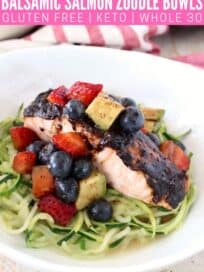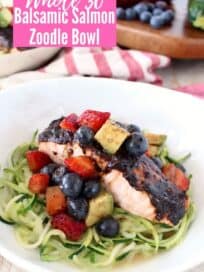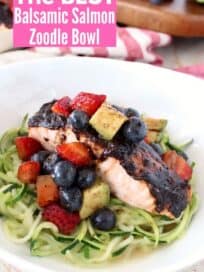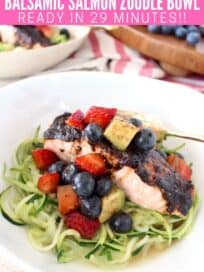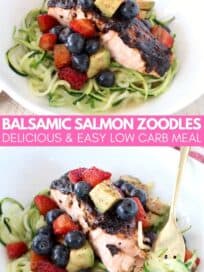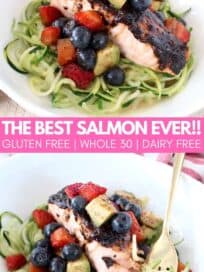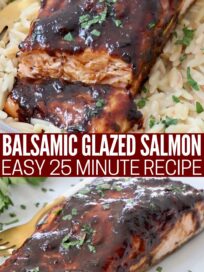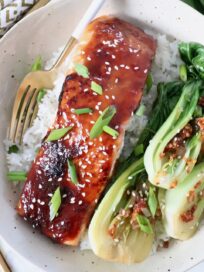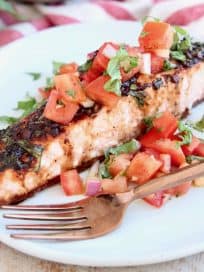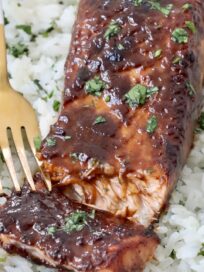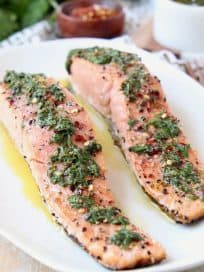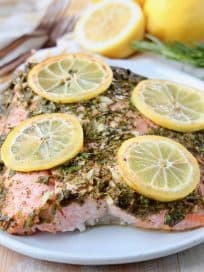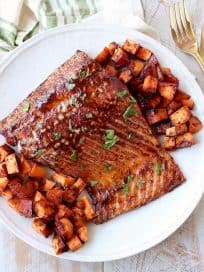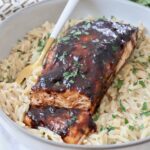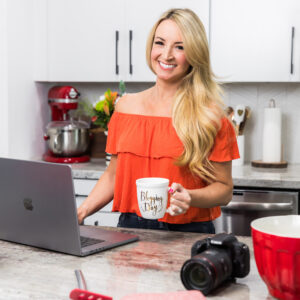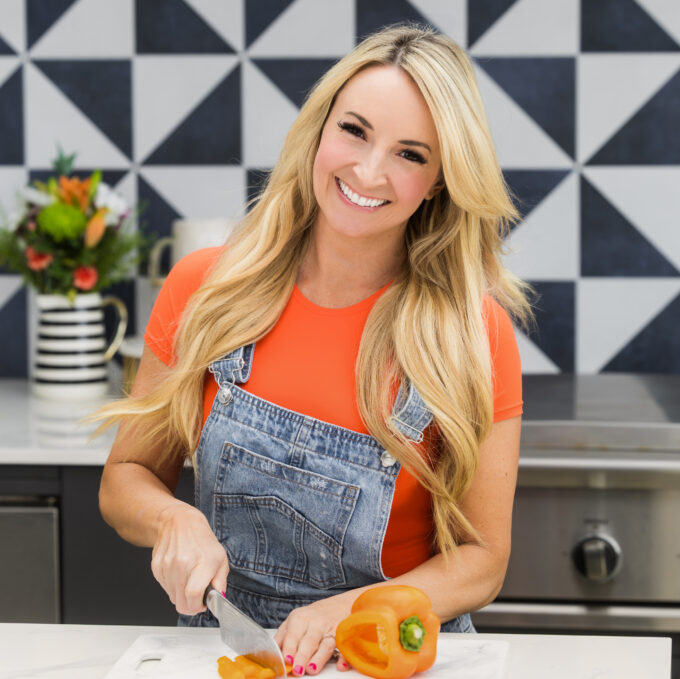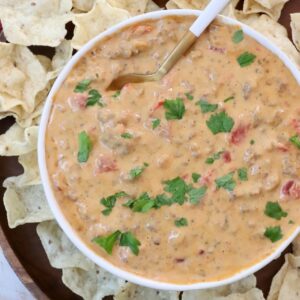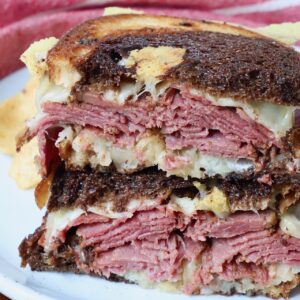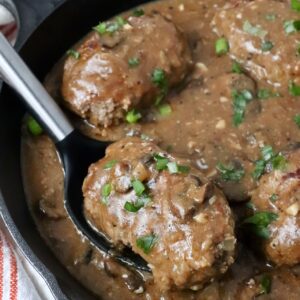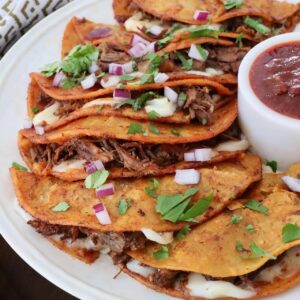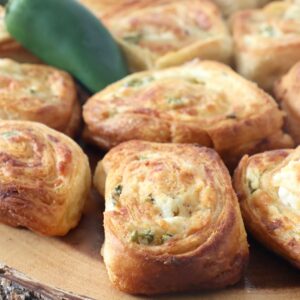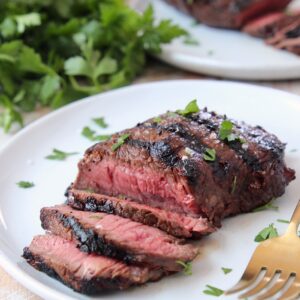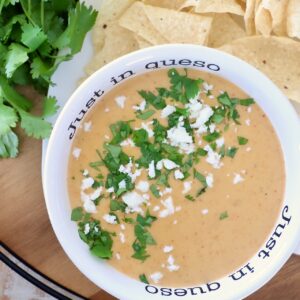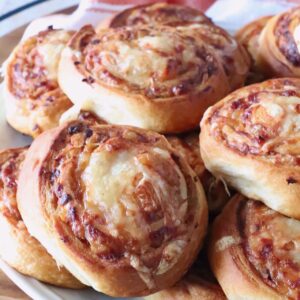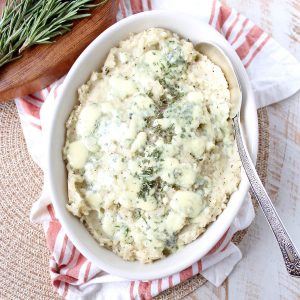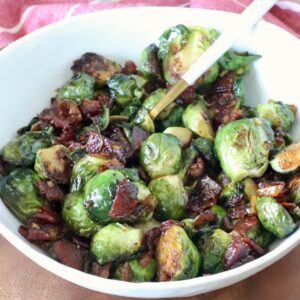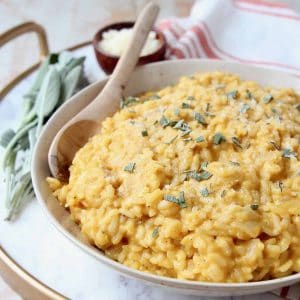Balsamic Glazed Salmon
This post may contain affiliate links.
Make the BEST oven roasted Balsamic Glazed Salmon in just 29 minutes with this easy recipe. The delicious glaze has both sweet and savory flavors, and after it’s baked on top of the salmon, it creates the most mouthwatering salmon recipe ever!
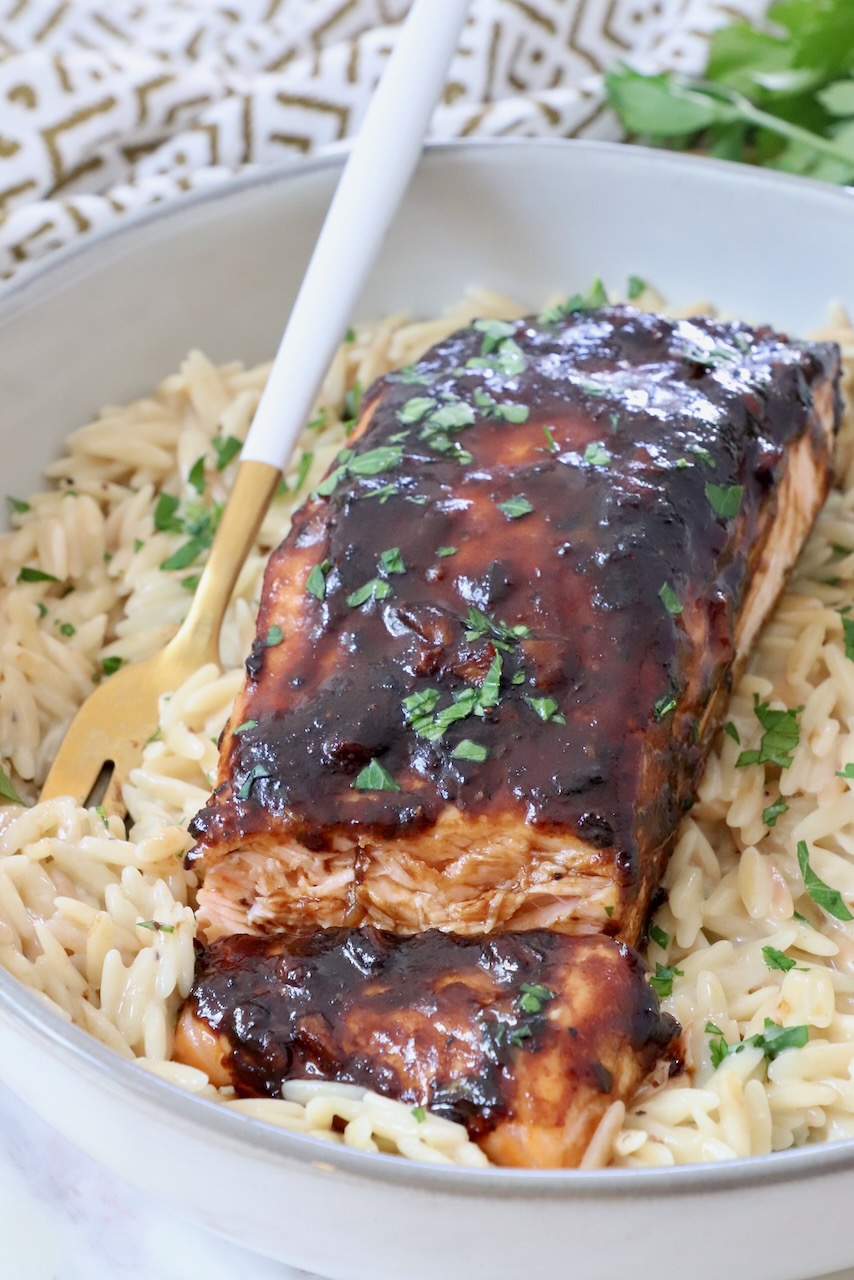
Table of contents
Originally posted in 2018, this salmon recipe has become my favorite way to make salmon! I’ve kept the recipe just the same, but updated the post with helpful tips, new images and serving ideas.
If you’re looking for the absolute best salmon recipe, you’ve just found it! This salmon is one of our go-to weeknight meals. It’s so easy to make in less than 29 minutes, the salmon is fork tender, and the flavor is amazing.
It’s simple to make by preparing the balsamic glaze on the stovetop, spreading it over the salmon, then baking the salmon in the oven. While the salmon bakes, you can prepare a quick salad to go with the fish, or you can roast your favorite veggies in the oven with the salmon.
The possibilities really are endless with this recipe! I’ve paired it with so many different sides over the years, it keeps things interesting and gives us a reason to make this balsamic glazed salmon recipe over and over again!
Why you’ll love this recipe
- It’s full of flavor! The tangy glaze combined with the rich, buttery salmon is like a party for your tastebuds.
- It’s easy and quick! The salmon is simple to prepare start-to-finish in under 29 minutes.
- It’s good for you! This recipe is gluten free, dairy free, and approved for a whole 30 meal.
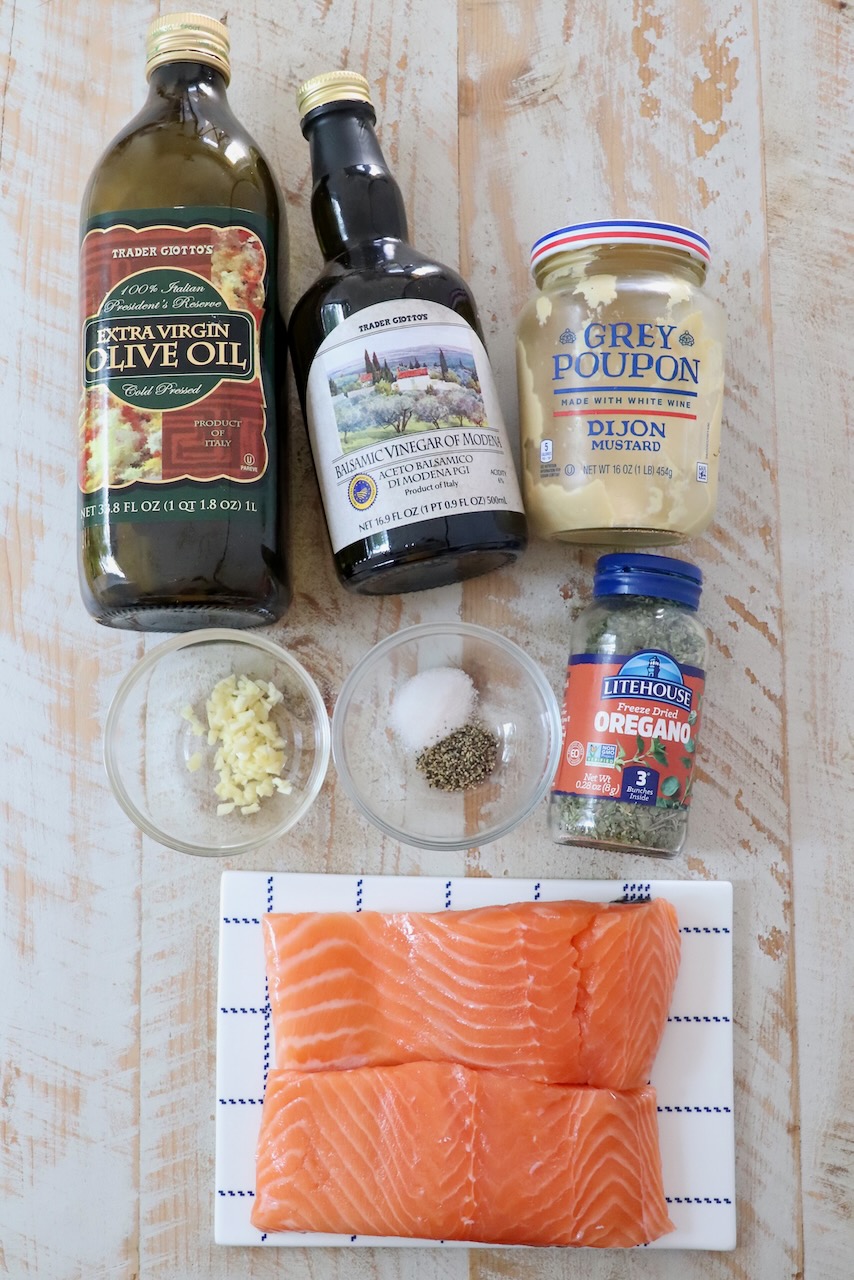
Ingredients
- Olive oil – the base for the glaze, used to cook to the garlic.
- Garlic – I recommend using fresh mined garlic rather than out of a jar. This will provide a much stronger flavor. For a lighter garlic flavor, use ½ teaspoon garlic powder and add it at the same time as the salt and pepper.
- Balsamic vinegar – the balsamic vinegar packs a punch of flavors by coating the salmon. It’s sweet, tangy, and a little acidic.
- Dijon mustard – I like to use the mustard to balance out the flavors for the glaze. The mustard adds a sharpness that balances out the sweetness of the balsamic vinegar.
- Sea salt – I recommend using sea salt instead of kosher salt. The sea salt has a bigger crystal that will melt into the salmon for seasoning all around.
- Black pepper – to season the salmon.
- Oregano – dried oregano will provide a robust flavor for the dish.
- Salmon filets – I recommend using two salmon fillets for this recipe that are between 6-8 ounces each. Try to find filets that are similar thickness so that each piece of salmon cooks evenly.
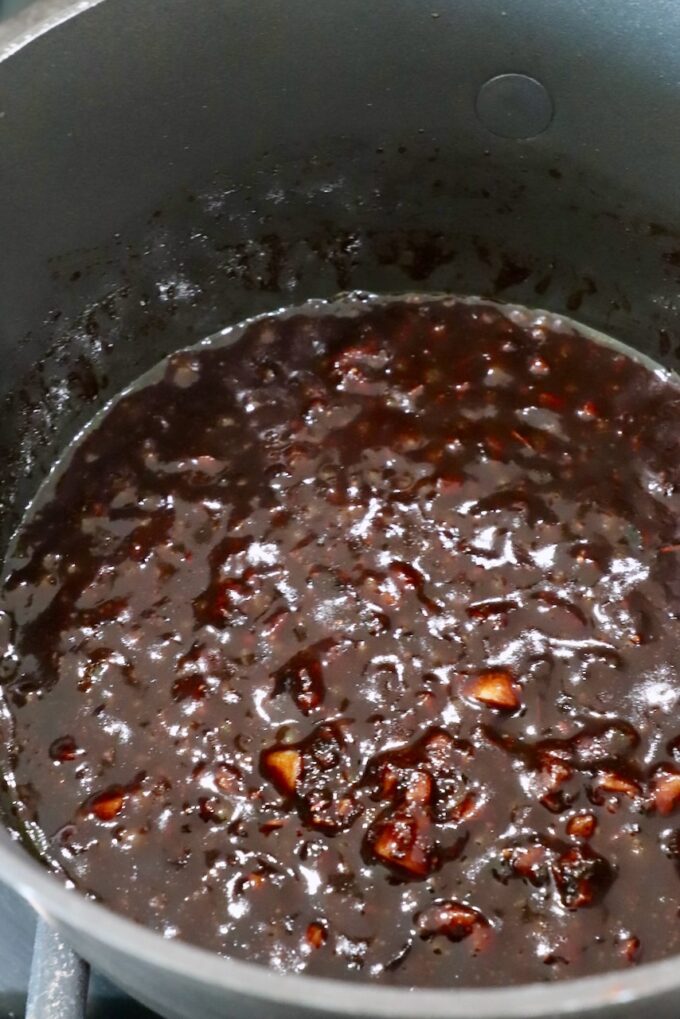
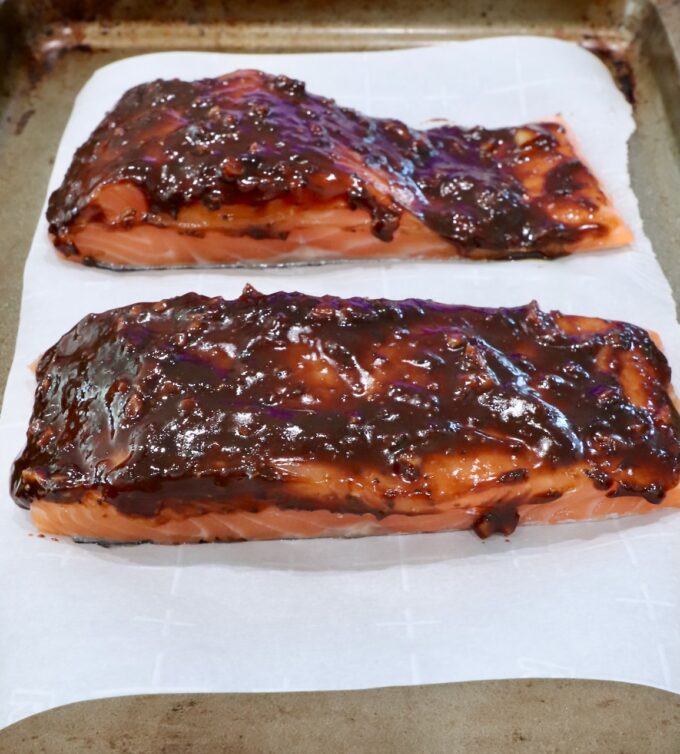
Instructions
- Prepare the glaze. Add the olive oil to a small saucepan on the stove over medium heat. When the oil is hot, add the garlic and cook for 30-60 seconds. You want the garlic to lightly brown, but definitely not burn. Pour in the balsamic vinegar, then add the mustard, salt, pepper, and oregano. Let the mixture simmer on the stove over medium-high heat for 5-7 minutes to reduce into a thick glaze. Remove from the heat and let the glaze rest for 5-10 minutes. It will thicken up more during this time.
- Glaze the salmon. Place the salmon filets on a baking sheet lined with parchment paper or aluminum foil. This will make clean-up easy and prevent the salmon from sticking to the baking sheet. Spread the glaze evenly over the pieces of salmon.
- Bake the salmon. Place the salmon on the middle rack of a preheated 400°F oven. Bake for 10-15 minutes, depending on the thickness of the salmon. Remove from the oven and serve immediately.
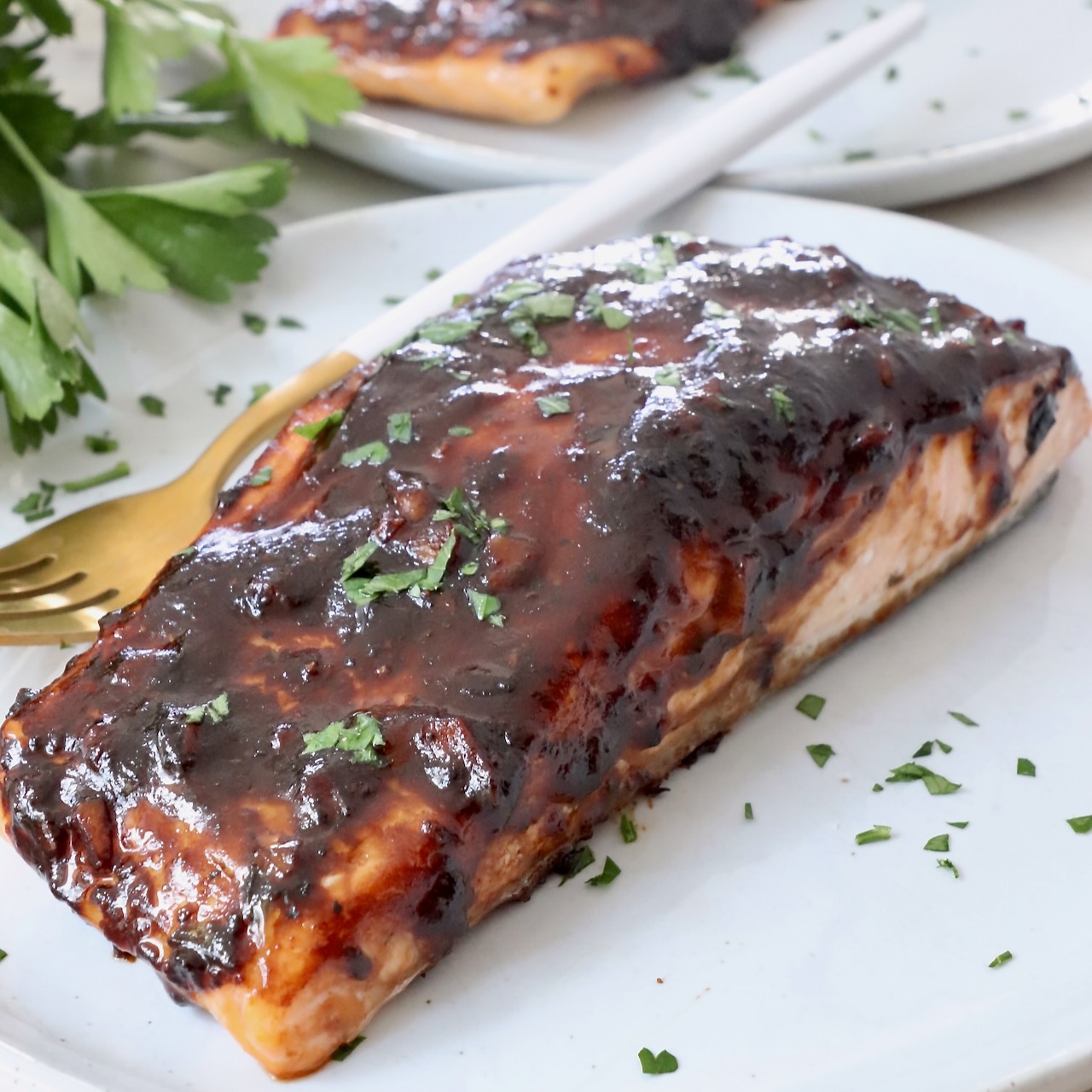
Make it in an air fryer
To make the salmon in an air fryer, prepare the glaze on the stove as instructed. Place the salmon filets in an air fryer basket, skin side down. Spread the glaze over the salmon filets, then air fry the salmon for 7 minutes.
Recipe tips
- Always try to purchase salmon filets that are similar in size. If one piece of salmon is much smaller than the other, you might have to adjust the cooking time for that piece of salmon so that it doesn’t overcook.
- This recipe is made with salmon that is 1 inch thick at the thickest part of the filet. If you’re using salmon that’s thinner, I would recommend only cooking the salmon for 8-10 minutes.
- Salmon will turn from a bright orange/red color to an opaque pink as you cook it. For each inch of thickness, you should cook the salmon for 10 minutes. The thickest part of a center-cut salmon filet is generally about 1 inch. If your salmon is thicker or thinner, adjust the cooking time accordingly.
- Salmon should be cooked to an internal temperature of 110°F (for rare) to 145°F (for well done). Remember that the salmon will continue to cook after you remove it from the oven. I recommend removing the salmon when it reaches 5-10 degrees under your desired temperature.
- You do not need to remove the skin on the salmon before cooking it. And I actually don’t recommend it because the skin will keep the salmon moist as it cooks in the oven. The salmon’s flesh will easily peel away from the skin after you cook it. After eating the salmon, you can discard the leftover salmon skin.
- This recipe makes two salmon filets. To double the recipe for four people, simply click the 2x button in the recipe card below. The ingredient amounts will update to the new serving size.
What to serve with it
The original recipe posted in 2018 was served with zucchini noodles and a berry avocado salsa (pictured below). Prepare these sides while the salmon roasts in the oven for a whole30 meal.
Combine ½ cup diced strawberries, 1 diced avocado, ½ cup blueberries, ¼ teaspoon salt, ¼ teaspoon black pepper and 1 tablespoon balsamic vinegar together in a small bowl. Spiralize 2 large zucchinis into zucchini noodles using a spiralizer. Heat 1 tablespoon olive oil in a large skillet on the stove over medium-high heat. Add the zucchini noodles and cook for 3-5 minutes.
Use tongs to remove the zucchini noodles from the skillet and divide them between two bowls. Top each bowl with a piece of balsamic glazed salmon, then top the salmon with the berry avocado salsa.
If you want to try other sides to pair with the salmon, I recommend any of the following side dish recipes.
- Garlic Parmesan Orzo (pictured with the salmon at the top of the post)
- Steamed Broccoli
- Honey Glazed Carrots
- Brown Rice (stove, Instant Pot, or rice cooker)
- Roasted Cauliflower
- Butternut Squash Salad
- Baked Sweet Potatoes (oven, air fryer, or microwave)
- Italian Salad
- Asparagus (grilled, roasted, or sautéed)
- Garlic Lemon Green Beans
- Caprese Pasta
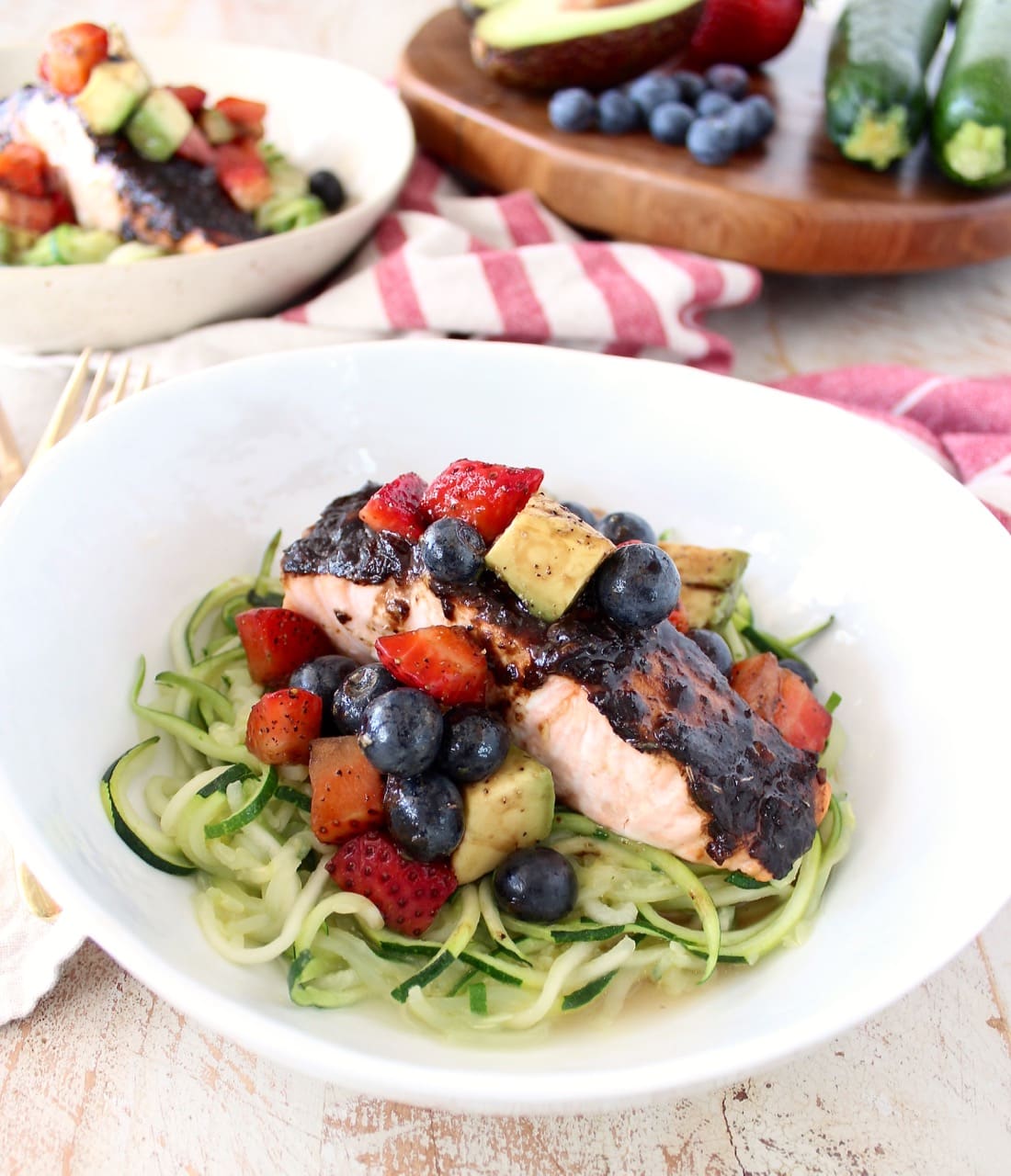
More salmon recipes
Salmon is a great, healthy seafood choice. Add salmon to your menu every week with these delicious recipes!
Balsamic Glazed Salmon
Ingredients
- 1 tablespoon olive oil
- 1 teaspoon minced garlic
- 3 tablespoons balsamic vinegar
- 1 tablespoon dijon mustard
- ¼ teaspoon sea salt
- ¼ teaspoon black pepper
- 1 teaspoon dried oregano
- 2 salmon filets, 6-8 ounces each
Instructions
- Preheat the oven to 400°F.
- Add the olive oil to a small pot on the stove over medium heat.
- When the oil is hot, add the garlic and cook for 30-60 seconds.
- Add the balsamic vinegar, dijon mustard, salt, pepper, and oregano. Increase the heat on the stove to medium-high heat.
- Simmer for 5-7 minutes to reduce the sauce into a glaze. Remove from the heat and let the glaze rest for 5-10 minutes. It will thicken up more during this time.
- Place the salmon on a baking sheet lined with parchment paper or foil. Spread the glaze over the salmon.
- Place in the oven and bake for 10-15 minutes, depending on the thickness of the salmon. *See the notes section below. Remove from the oven and serve immediately.
Notes
- Always try to purchase salmon filets that are similar in size. If one piece of salmon is much smaller than the other, you might have to adjust the cooking time for that piece of salmon so that it doesn’t overcook.
- This recipe is made with salmon that is 1 inch thick at the thickest part of the filet. If you’re using salmon that’s thinner, I would recommend only cooking the salmon for 8-10 minutes.
- Salmon will turn from a bright orange/red color to an opaque pink as you cook it. For each inch of thickness, you should cook the salmon for 10 minutes. The thickest part of a center-cut salmon filet is generally about 1 inch. If your salmon is thicker or thinner, adjust the cooking time accordingly.
- Salmon should be cooked to an internal temperature of 110°F (for rare) to 145°F (for well done). Remember that the salmon will continue to cook after you remove it from the oven. I recommend removing the salmon when it reaches 5-10 degrees under your desired temperature.
- You do not need to remove the skin on the salmon before cooking it. And I actually don’t recommend it because the skin will keep the salmon moist as it cooks in the oven. The salmon’s flesh will easily peel away from the skin after you cook it. After eating the salmon, you can discard the leftover salmon skin.
- To make the salmon in an air fryer, prepare the glaze on the stove as instructed. Place the salmon filets in an air fryer basket, skin side down. Spread the glaze over the salmon filets, then air fry the salmon for 7 minutes.
Nutrition Facts
We are a participant in the Amazon Services LLC Associates Program, an affiliate advertising program designed to provide a means for sites to earn advertising fees by advertising and linking to amazon.com.


